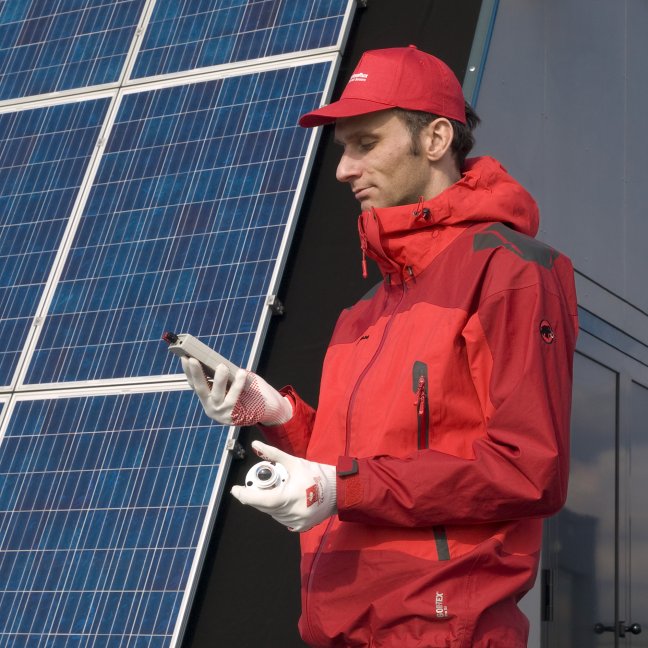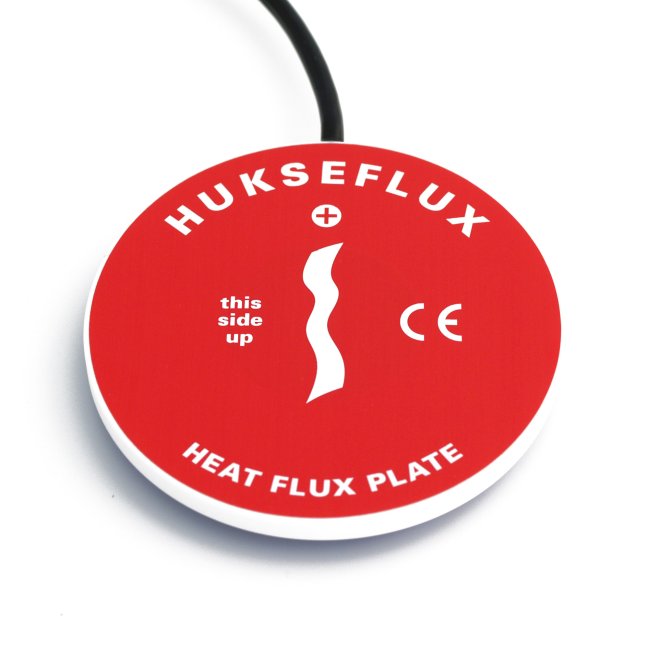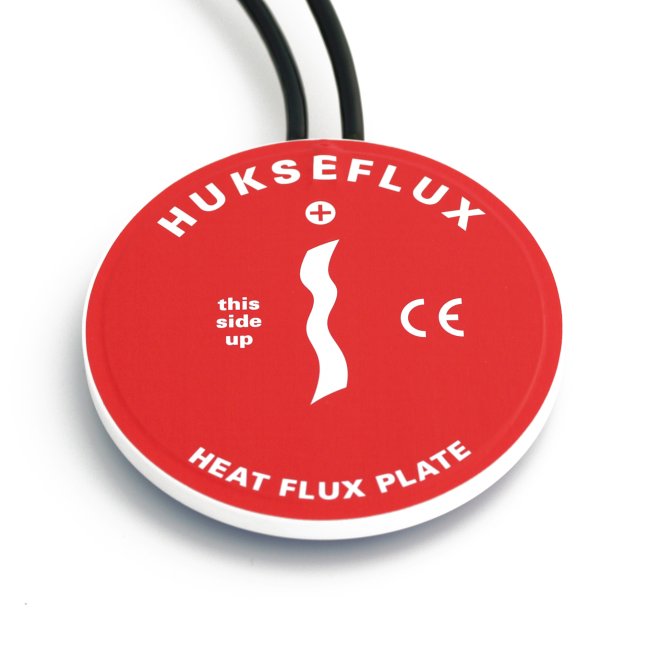Building physics / insulation, thermal comfort and energy budget measurement
In building physics, the investigation of the insulation capabilities of walls and building materials is an important subject of study. Hukseflux is the market leader in heat flux measurement related to building physics. The most commonly used sensor is model HFP01. Hukseflux supplies sensors as well as turn-key systems for analysis of thermal resistance of building envelopes and elements.
Insulation, thermal comfort and energy budget measurement
In building physics, the focus of measurement is on several subjects, for example:
- analysis of indoor climate
- studies of the insulation and thermal resistance of building envelopes
- studies of roof reflectance
- studies of solar transmission of glass
What is measured
Typical measurements required in such experiments, are:
- heat flux, for example on walls
- temperature differences over walls
- absolute temperatures
- solar radiation
- net radiation
Heat flux sensors measure heat transfer. More specifically: the energy flux onto or through a surface, in [W/m²]. In reality, often this surface is the sensor itself mounted on a wall. The source of the heat flux may be:
- conduction - heat flowing through a static, non-flowing material
- radiation - heat transmitted, typically by visible or infra-red radiation
- convection - heat transported by flowing fluids or gasses
Heat transfer is driven by temperature differences. Heat always flows from a source to a sink, from a hot to a cold environment.
For high–accuracy temperature difference measurement, matched sensor pairs are used; during production the accuracy of one sensor is checked relative to the other.
Pyranometers measure the radiation received by a plane surface from a 180 ° field of view angle. This quantity, expressed in W/m², is called “hemispherical” solar radiation.
In building physics most common parameters that we measure are:
- incoming solar radiation
- reflected solar radiation
- roof reflectance (albedo)
- reflectance of other components
- solar transmission of window materials
Sensors of our pyrgeometer product line measure far infra red "longwave" radiation. The most common parameters that we measure are:
- downwelling longwave radiation
- upwelling solar radiation
- roof or wall infra red "blackbody” equivalent temperature.
Two pyranometer measurements combined with two pyrgeometer measurements are used to calculate the net-radiation.
Specifications
Heat flux sensors, building envelope thermal resistance measuring systems, pyranometers, pyrgeometers and net radiation sensors must be optimised for the demands of different applications. Unique features typically required in building physics are:
- heat flux sensors compliant with ISO 9869
- heat flux sensors with sufficient sensitivity to measure in the 1 W/m² range
- pyranometers suitable for roof reflectance measurement according to ASTM e1549
- pyrgeometers measuring roof temperature over a large area
- temperature difference measurement with an uncertainty of better than 0.1 °C over a large temperature range.
Selecting a set of sensors
We can assist you selecting a sensor. A typical checklist is:
- what is the application; what must be measured, outdoors and indoors
- are there any standards that you must follow
- what are the accuracy requirements
- how do I organise re-calibration
- how can I mount instruments
- what data acquisition do I have, can it measure in the millivolt range; if not what kind of input can it accept?
- what other things must be measured; usually it is best to use one measurement system performing all measurements. Building physics experiments often have large numbers of temperature sensors. In many cased not the absolute but the relative temperature is important
What we contribute
Hukseflux provides a range of sensors and measuring systems for use in measurement of the energy budget of buildings and characterisation of construction materials. HFP01 heat flux sensor and TRSYS20 measuring system are widely used for on-site measurements on walls, windows and other construction elements. HFP01 heat flux plate is the de-facto standard for heat flux measurement on walls. In high accuracy flux measurement a typical station is equipped with two or more sensors for good spatial averaging.
Our TRSYS20 is a measuring system for analysis of the thermal resistance and the thermal transmittance of building elements by in-situ measurement.
TPSYS20 is used to characterise soils, cements and insulation materials. Our pyranometers are used to measure solar radiation on buildings and to measure solar transmission of windows and solar reflectance of roofs.
Sensors made by Hukseflux passed validation and acceptance testing for a large number of national research institutes.
Advantages
Depending on the exact requirement, we offer:
- assistance - select the best sensors for your application
- assistance - optimising the sensor – measuring system combination, also looking at the total system (our users often measure more than just radiation)
- worldwide support – specialists available in the major economies
- calibration support – efficient worldwide calibration organisation
- proven performance – we have experience in most applications
- traceability - formal metrological traceability to international standards
Take a look at our selection of suitable sensors:













